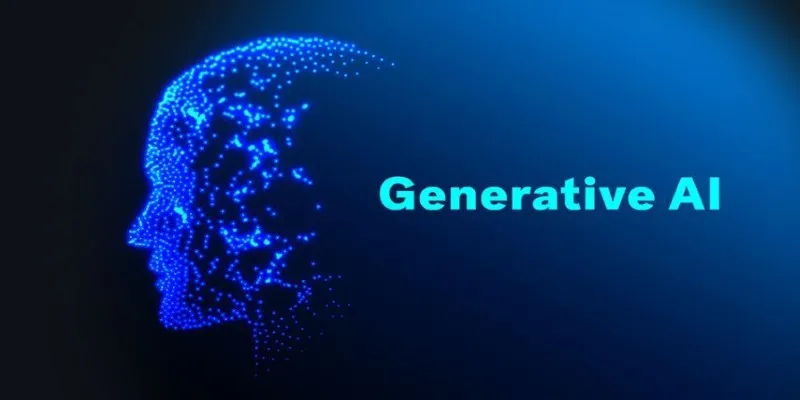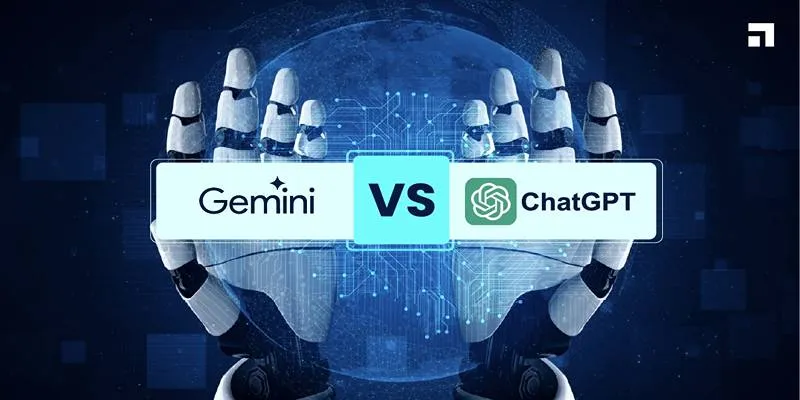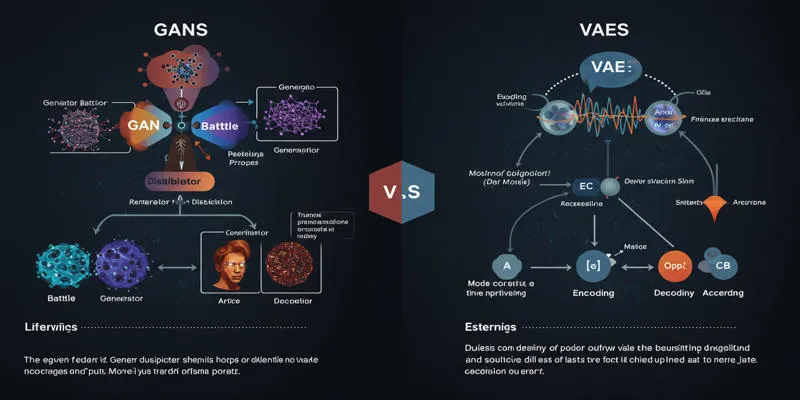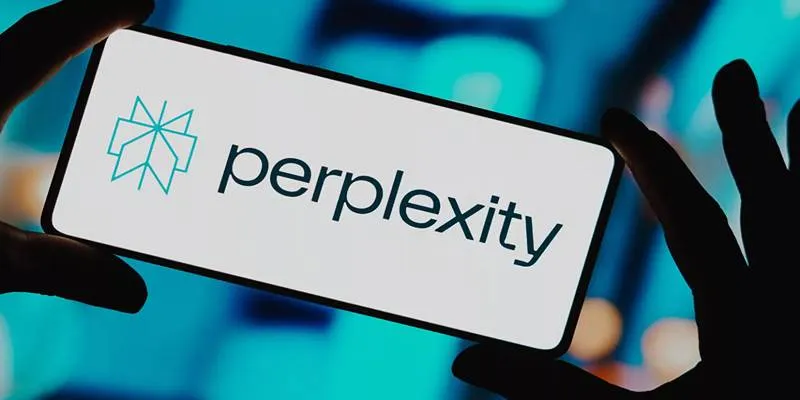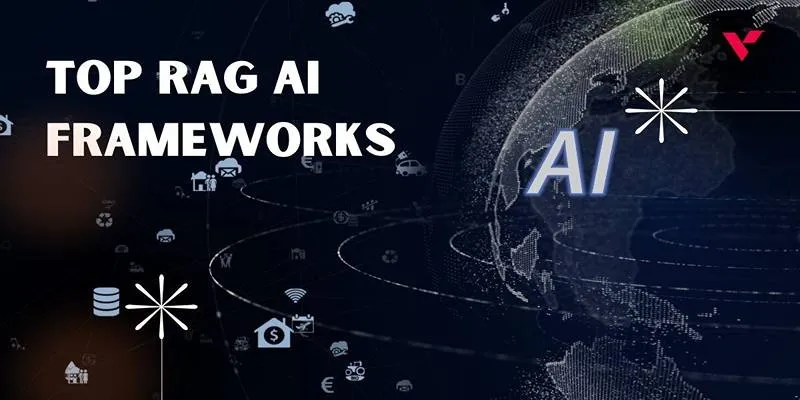Introduction
At the Mobile World Congress 2025, the spotlight shifted from hardware launches and flashy demos to something far more transformative: generative AI. The excitement wasn’t just about the technology itself but its profound influence on the fabric of telecommunications. From smarter networks to more meaningful customer interactions, the conversations were grounded in immediate, practical change rather than distant promises.
Generative AI has transitioned from a creative tool to a force capable of rethinking how connections are designed, maintained, and experienced. In Barcelona, the future of telecom didn’t just look faster—it looked smarter.
Generative AI Meets Telecommunications
For years, telecom operators have grappled with aging infrastructure, rising customer expectations, and the pressure to cut costs while delivering better services. While automation helped streamline some tasks, it often fell short when unexpected problems arose. Here, generative AI is bridging the gap, creating real-time, data-driven solutions that adapt to changing conditions and even suggest innovative network configurations.
Simulating Advanced Networks
At the Mobile World Congress 2025, a European carrier showcased generative AI’s potential by simulating entire 5G and 6G networks before deployment. These simulations predict antenna performance in dense urban and remote rural areas, accounting for factors like weather patterns and usage surges. This level of predictive planning can save carriers millions while enhancing reliability for customers.
Enhancing Customer Service
Generative AI is also revolutionizing customer service. Beyond traditional chatbots, AI systems now interpret not just customer queries but also emotional cues, adjusting tone and response accordingly. Carriers reported reduced call center times and fewer complaints, as customers felt heard and genuinely assisted, moving beyond scripted replies.
Smarter Network Operations and Maintenance
Network operations are experiencing profound changes with generative AI. Maintaining telecom networks is challenging, with constant alerts, outages, and configuration changes. AI can analyze operational data, uncover hidden patterns, and generate rapid solutions.

A major Asian operator demonstrated an AI-driven platform that monitored its entire network, drafting maintenance schedules on the fly. When issues like fiber breaks occurred, the system generated repair plans and assigned the right technician based on skills and location. This not only reduced downtime but also enabled smarter preventive maintenance.
Energy Efficiency
As discussions about 6G grow, so do concerns about energy use. Exhibitors demonstrated generative AI models that dynamically power down unused network parts during low demand, maintaining service quality and addressing sustainability concerns—a significant benefit amid climbing energy costs.
Personalizing the Customer Experience
The telecom industry has often been criticized for treating customers as numbers. Generative AI offers a path to more personalized experiences. At the event, service providers showcased AI-generated insights crafting unique experiences for subscribers. Instead of generic offers, customers receive tailored suggestions based on their usage habits and preferences.
For instance, one carrier demonstrated a tool that created individualized content packages for families, bundling streaming, gaming, and communication services into flexible plans. Another system recommended optimal mobile plans for travelers, adjusting in real-time across countries. This personalization enhances service relevance and builds loyalty in a high-churn industry.
For business customers, generative AI designs bespoke enterprise solutions, mapping private 5G networks, secure communications, and custom SLAs, reducing friction in sales and deployment.
Challenges and the Road Ahead
Despite the excitement at the Mobile World Congress 2025, challenges remain. Privacy concerns are paramount, especially when customer data is used to train AI models. Operators must ensure compliance with regional regulations and maintain customer trust.

Transparency is another challenge. Generative AI can act like a black box, producing results without clear explanations. In telecom, where reliability is key, operators are working to make AI systems more interpretable.
There’s also a skills gap. While telecom companies are hiring data scientists and AI specialists, bridging the gap between AI experts and traditional network engineers will require training, cultural change, and time.
Conclusion
At Mobile World Congress 2025, generative AI proved it’s no longer just a concept but a transformative force in telecommunications. From smarter networks to personalized services and quicker fixes, it’s reshaping customer expectations. While challenges persist, the progress is practical and hopeful. In an industry centered on connection, generative AI adds a more human touch.
For more insights on technology trends, check out our Technologies category.
 zfn9
zfn9


